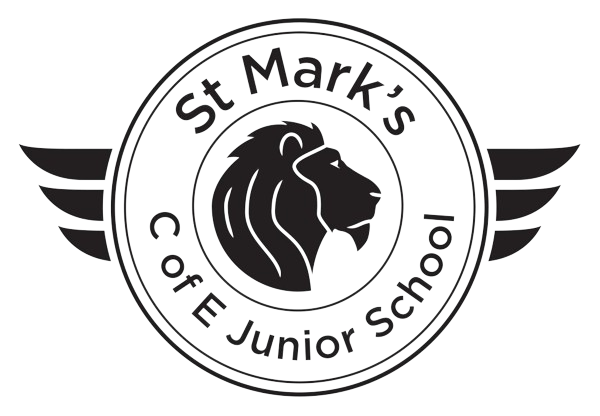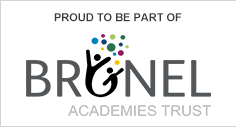Maths
Maths Curriculum Documents
Maths - Intent, Implementation and Impact
The Mastery approach to Maths has 5 key features (Big Ideas)
Representation and Structure: It is important that all children see maths represented in a variety of ways, this builds on the CPA approach (Concrete, Pictorial and Abstract). Resources are used for all children and they move through CPA within a lesson.
Mathematical thinking: Through developing children’s mathematical vocabulary they are better able to talk about their ideas and processes. They can ‘prove’ how they know they are correct or reason why an answer is incorrect.
Fluency: Greater emphasis is placed on learning number facts by wrote including number bonds and all multiplication and related division facts.
Variation: This is multiple representations of what a concept is as well as what it is not. It is a carefully constructed small-step journey through the learning. Each question is designed specifically to get the most learning from the children linked to the learning focus.
Coherence: These four ideas all feed in to the final big idea of Coherence. This is where the above skills contribute to a true understanding of mathematics through making connections and promoting thinking. It develops an understanding of how and why mathematics works.
What do Maths lessons look like at St Mark's?
We use the White Rose Maths scheme as a basis for our Maths lessons. However, we adapt this scheme to ensure it gives our children what they need: if we feel the children need more time on a certain area of Maths, we'll give it more time; if we feel that they have grasped concepts well and do not need as long as planned, we will prioritise. We adapt the scheme to suit the needs of our children.
We use the White Rose Calculation Policy due to its progression of skills and focus on understanding of concepts:
Addition and Subtraction Calculation Policy
Multiplication and Division Calculation Policy
We also believe that problem solving and investigation skills are of vital importance to children, not only in Maths but across the curriculum and, indeed, life. Therefore, we focus on a particular area of problem solving each term, with discreet lessons each week. These skills are then utilised by the children in a range of situations including Maths, Science, English, History and even friendships! Here are our investigation focus areas for each term:
- Term 1 - Finding All Possibilities
- Term 2 - Finding Rules and Patterns
- Term 3 - Logical Reasoning
- Term 4 - Multi-step Problems
- Term 5 - Visual Puzzles
- Term 6 - Ordered Ways of Working
How can I help my child in Maths?
How can I help my child with their Maths Lessons?
White Rose provide booklets for each unit of Maths that we learn in school. So if you would like to support your child with a bit of revision and home learning, that would be fantastic! Talk to your child's teacher about which units have been covered/ would be good to look at and download them from the website: https://whiterosemaths.com/parent-resources They're free too!
How can I help my child learn their Times Tables?
Times Tables are super important and something that can be easily worked on at home. Here are some resources to support you at home:
Times Tables Workshop PowerPoint

